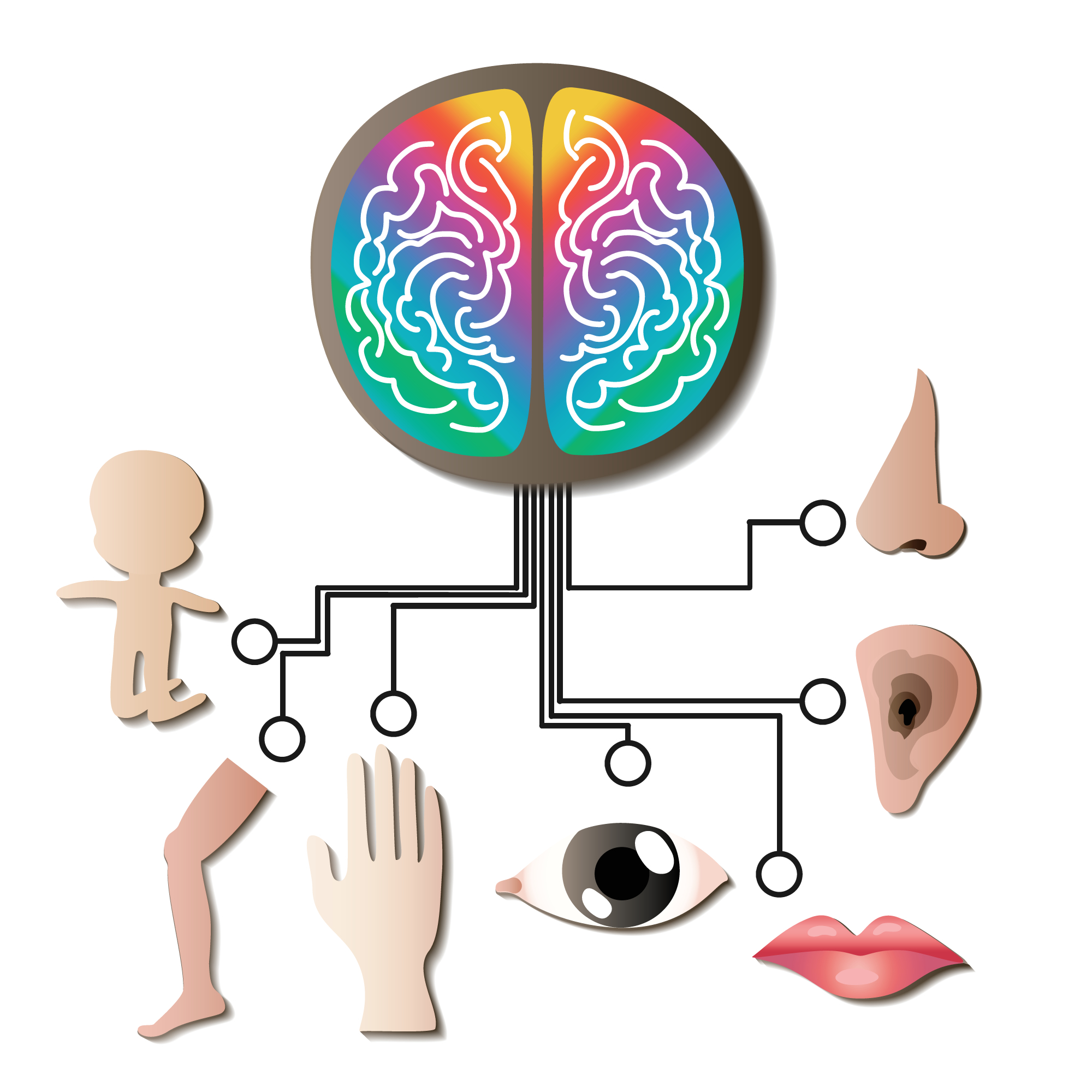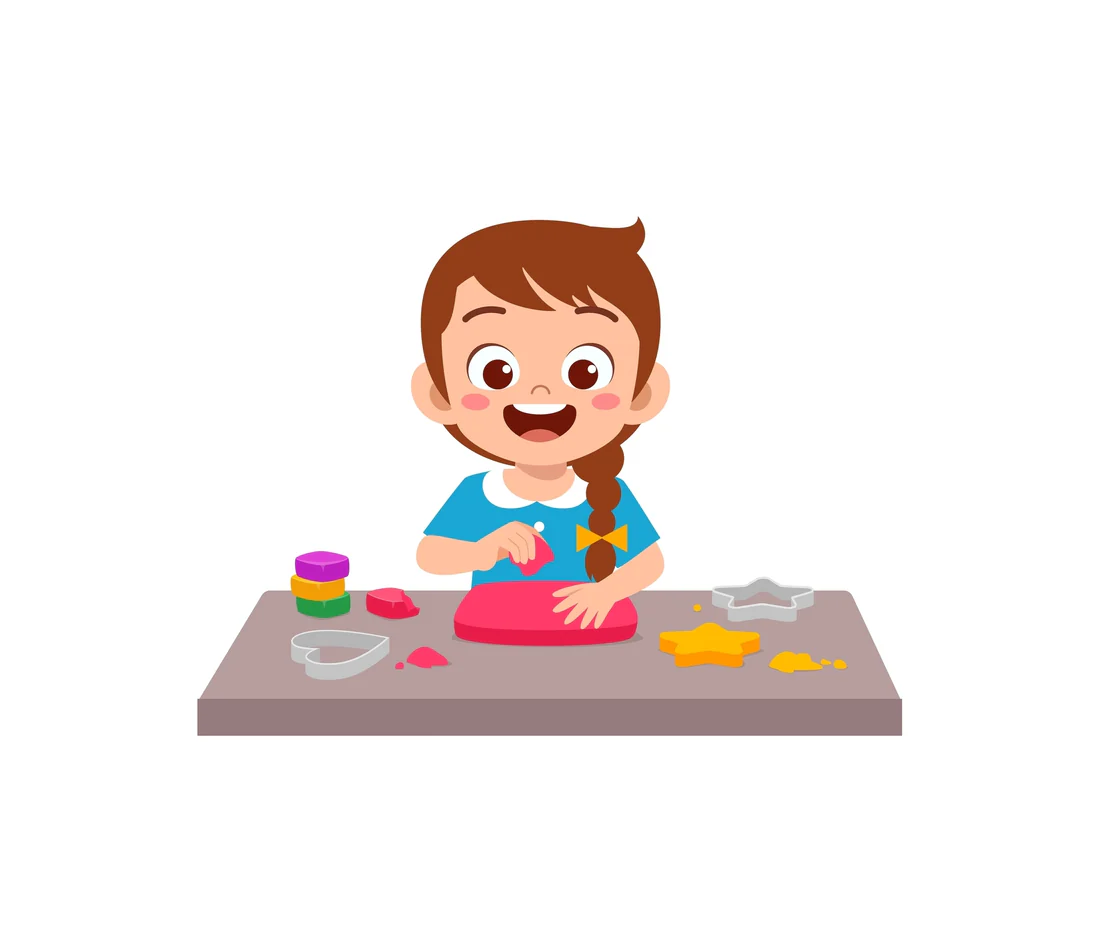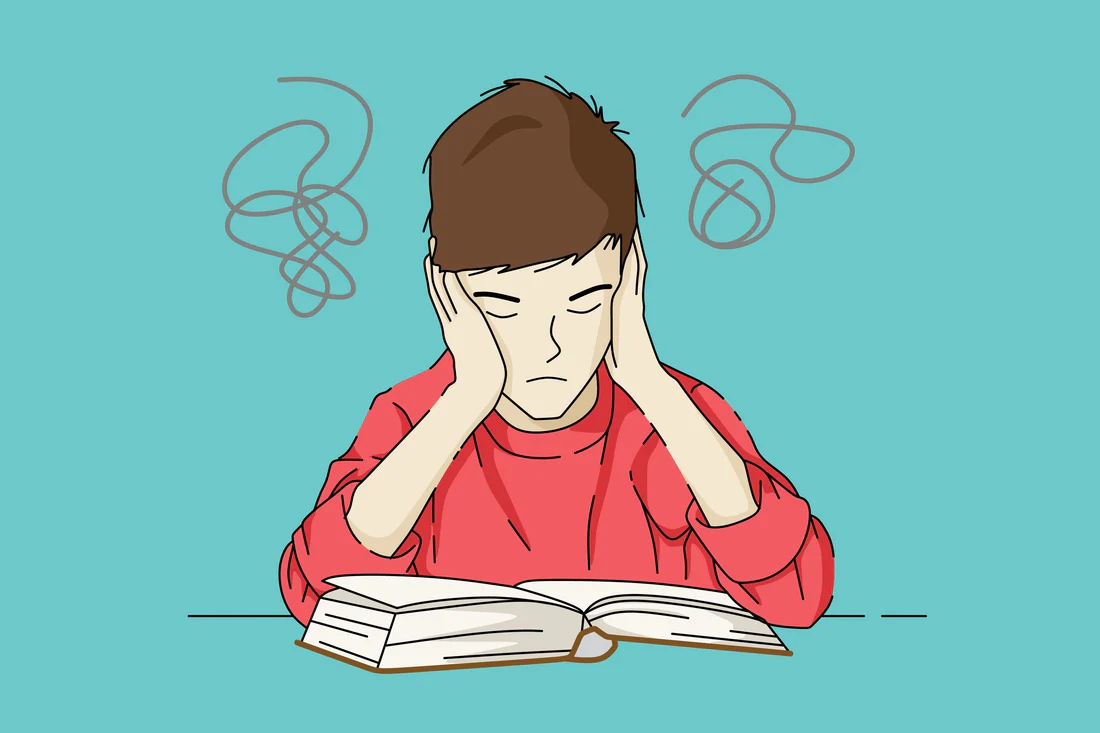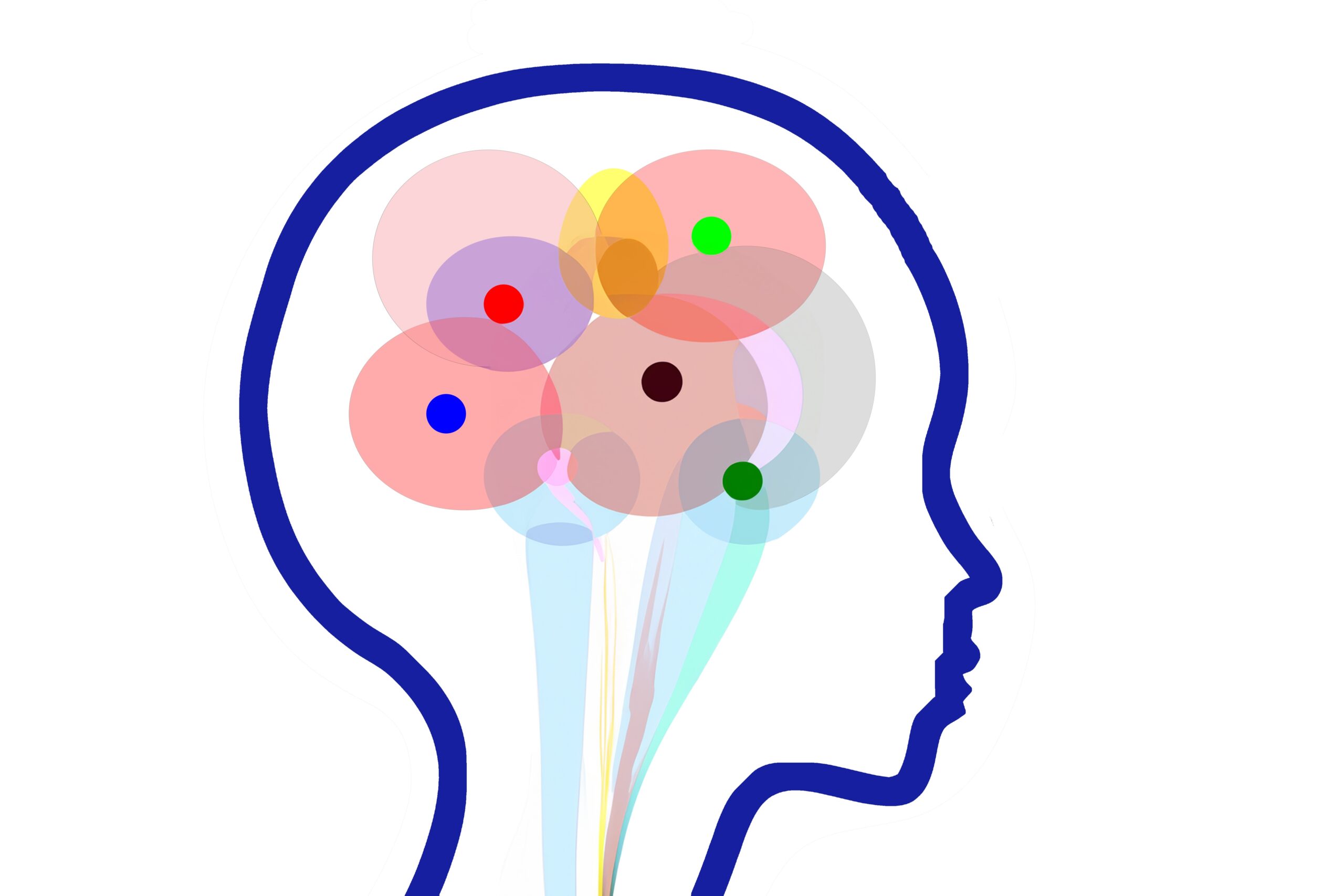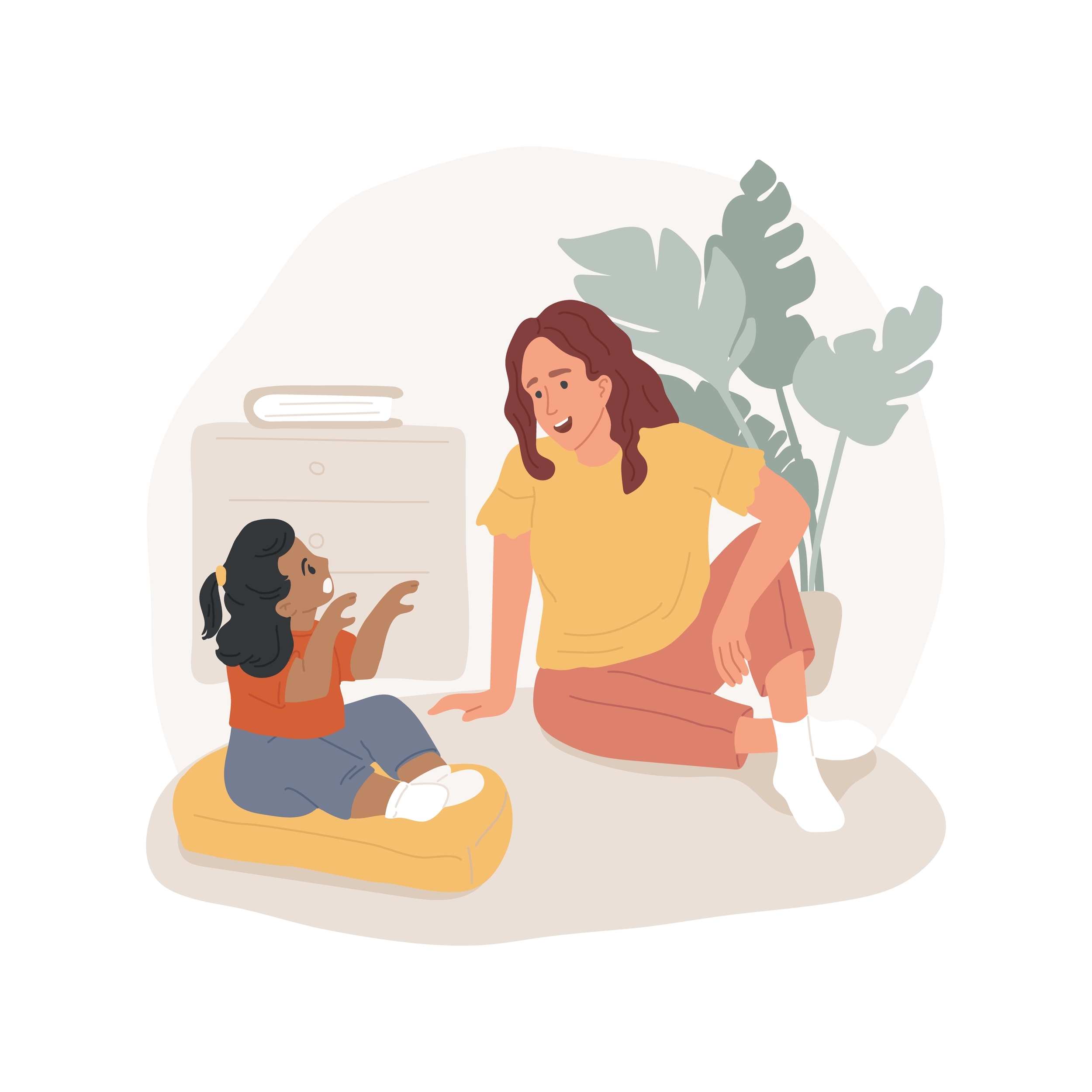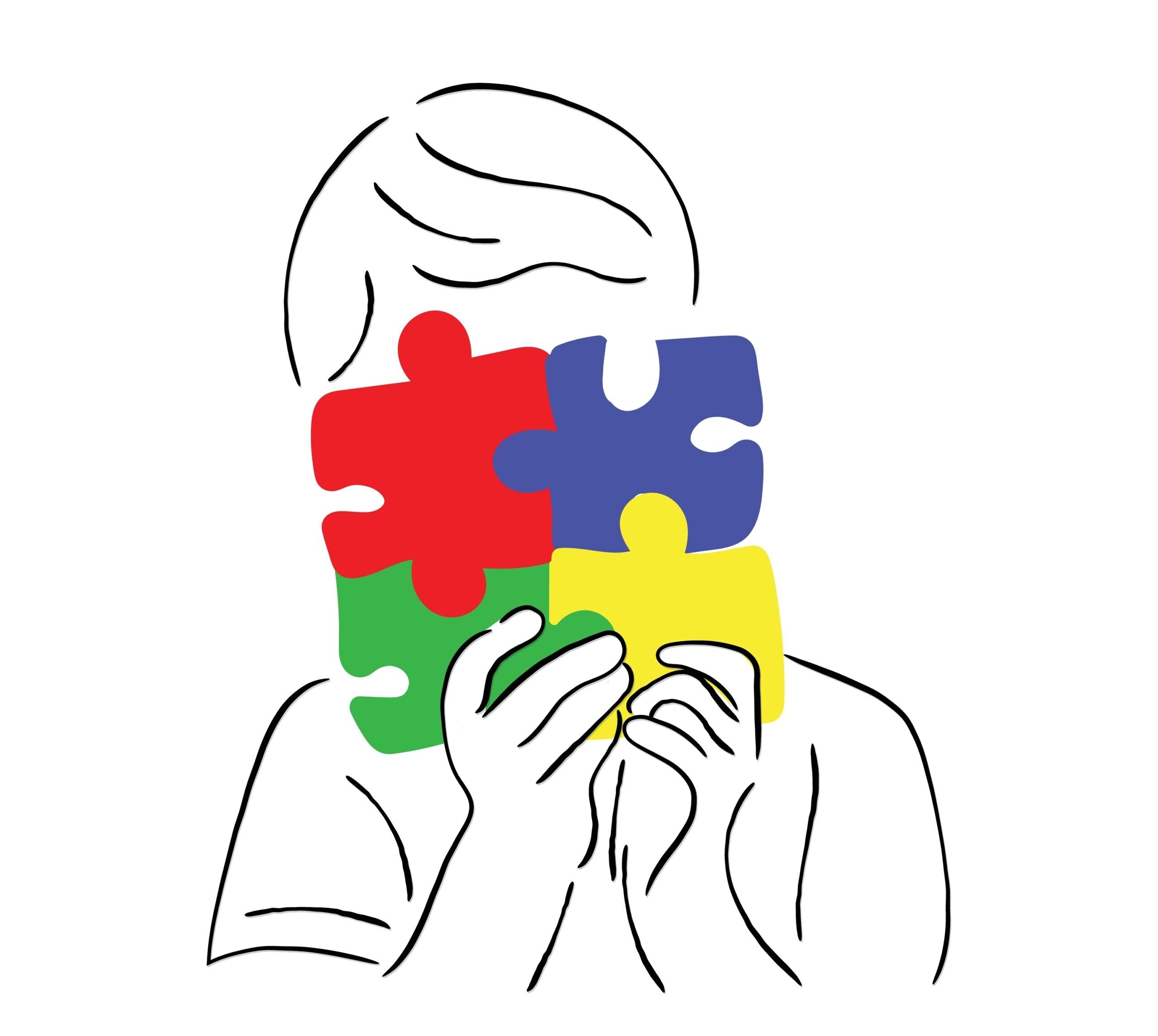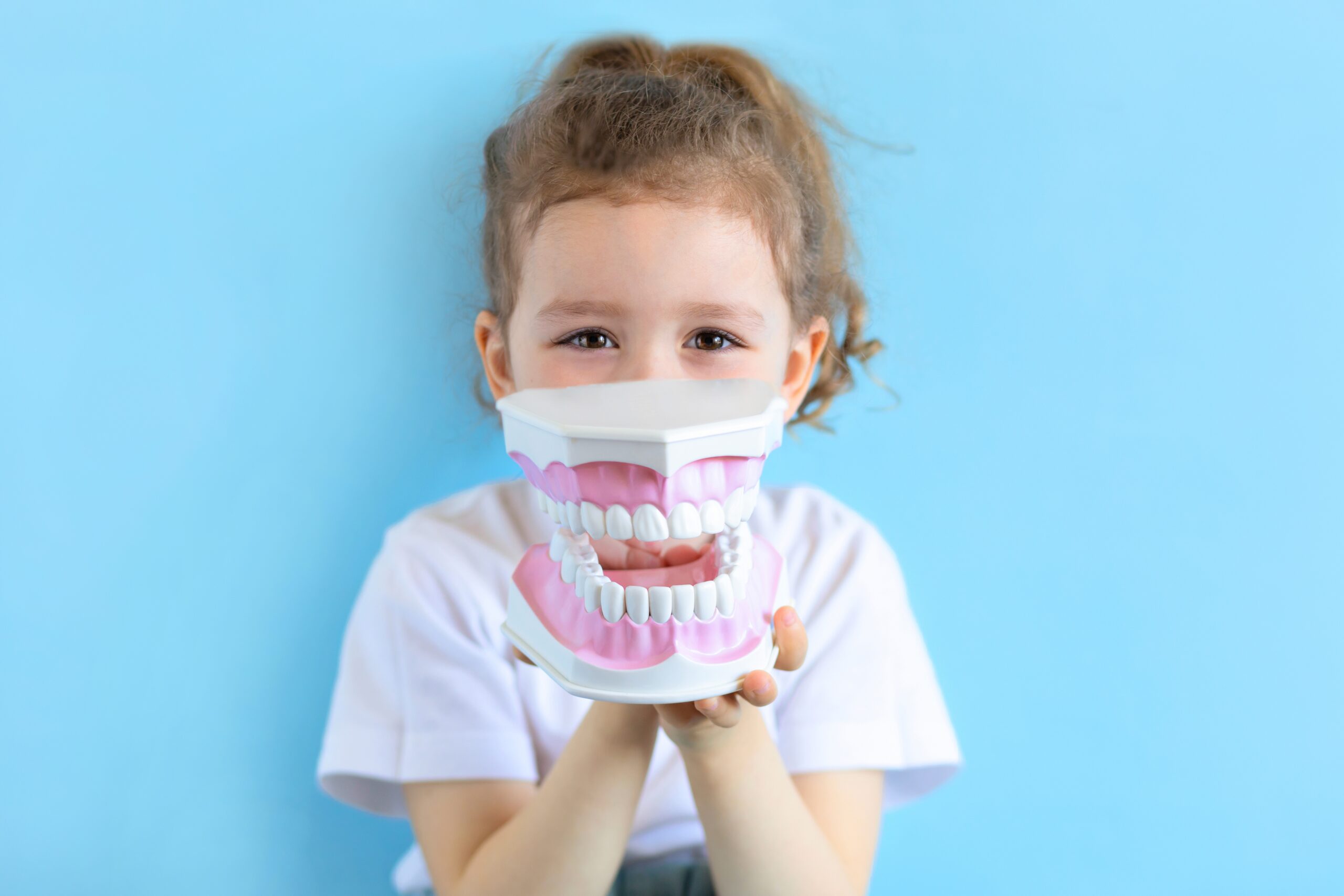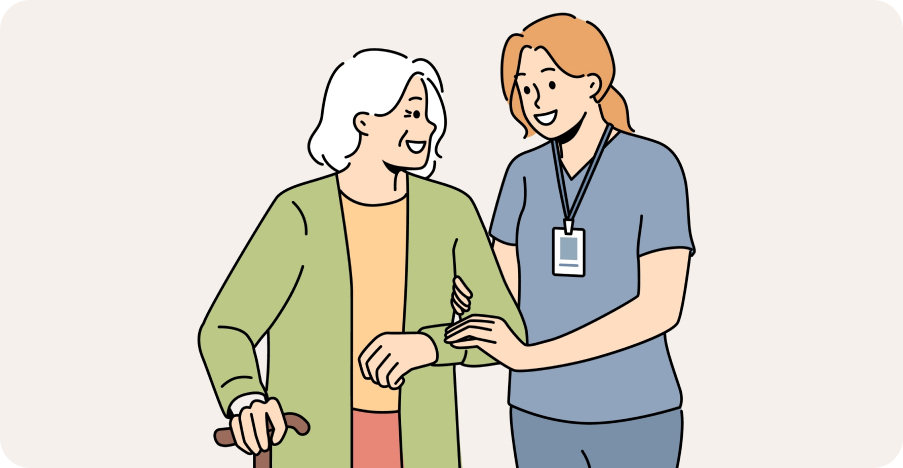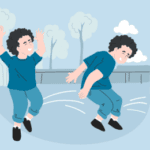
Autism
- Types of Autism Spectrum Disorder: Levels, Traits & Former Diagnoses Explained
- Asperger’s Syndrome: Signs, Diagnosis, and Support for Children, Teens & Adults
- What Is PDD-NOS? Understanding Pervasive Developmental Disorder–Not Otherwise Specified and Its Place on the Autism Spectrum
- Childhood Disintegrative Disorder (CDD): Symptoms, Diagnosis & Treatment Explained
- Rett Syndrome: Symptoms, Diagnosis, and Treatment Guide for Parents and Caregivers
- Nonverbal Autism: Causes, Signs, Communication Strategies & Treatment Options
- Sensory Processing and Autism: Understanding Sensitivities, Overload & Effective Therapies
- Classic Autism (Autistic Disorder): Signs, Diagnosis, and Treatment Before the DSM-5
- Fragile X Syndrome: Causes, Symptoms, Diagnosis, and Autism Link
- Atypical Autism (PDD-NOS): Symptoms, Diagnosis & Support Before DSM-5
- Low Functioning Autism (ASD Level 3): Symptoms, Support Needs, and Communication Challenges
- High-Functioning Autism (ASD Level 1): Symptoms, Traits, and Support Strategies

Neurodevelopmental Disorders & Learning Differences
- Dyslexia in Children: Symptoms, Causes & Best Therapies
- Dysgraphia in Children: Symptoms, Diagnosis & Treatment
- What Is Dyscalculia? Symptoms, Causes & Treatment
- Specific Learning Disorder with Impairment in Reading | Symptoms, Treatment & Therapists Near You
- Nonverbal Learning Disorder (NVLD): Symptoms, Causes & Therapies
- What Is Giftedness in Children? Signs, Support & Therapists
- Language Processing Disorder in Children: Signs, Therapy & Support
- Language Disorders in Children: Signs, Types & Therapy
- Delayed Speech in Children: Causes, Signs, and Therapy Options
- Executive Function Disorder in Children: Signs, Support & Therapy
- Apraxia of Speech in Children: Signs, Diagnosis & Therapy
- Understanding Intellectual Disability in Children: Signs, Support & Therapies
- What Is Twice-Exceptional (2e)? Signs, Challenges & Support for Gifted Children with Disabilities
- Global Developmental Delay (GDD)
Childhood Disintegrative Disorder (CDD): Symptoms, Diagnosis & Treatment Explained

Authored by: The DrSensory Editorial Team
Reviewed by: 🛡️ DrSensory Clinical Review Board
Last updated: June 2025
What is Childhood Disintegrative Disorder (CDD)?
Childhood Disintegrative Disorder (CDD) is a rare developmental condition characterized by a dramatic loss of previously acquired skills in children who had typical development for at least the first 2 to 3 years of life. These children suddenly regress in areas such as language, motor skills, social interaction, and bladder or bowel control.
CDD is now considered part of the Autism Spectrum Disorder (ASD) under the DSM-5, but it was previously categorized as a distinct disorder due to its late onset and severe regression.
How is Childhood Disintegrative Disorder different from autism?
While Childhood Disintegrative Disorder is now grouped under the autism spectrum, it differs from traditional autism in several key ways:
- Later onset: CDD symptoms typically begin between ages 2 and 10, after a period of normal development.
- Sudden regression: Children with CDD experience a rapid and noticeable loss of skills, unlike the more gradual developmental challenges seen in most autism cases.
- More severe impact: The decline in functioning is often more extreme and widespread, affecting multiple areas of development at once.
Today, CDD is generally diagnosed as Level 2 or Level 3 ASD, based on the severity of the individual’s needs.
What are the signs and symptoms of Childhood Disintegrative Disorder?
Key signs of Childhood Disintegrative Disorder include:
- Loss of speech and language skills
- Loss of motor abilities like walking or coordination
- Loss of social engagement, including eye contact and interest in peers
- Regression in self-care skills, including toilet training
- Emergence of repetitive behaviors, anxiety, or sensory sensitivities
Symptoms often develop suddenly over days or weeks, distinguishing CDD from typical autism onset. It’s essential to seek evaluation by a pediatric neurologist or developmental specialist as soon as regression is observed.
How is Childhood Disintegrative Disorder diagnosed and treated?
Diagnosis of CDD involves:
- A thorough developmental history
- Behavioral assessments
- Ruling out neurological or medical conditions (e.g., seizures, brain disorders)
Because CDD is now part of Autism Spectrum Disorder, clinicians use ASD criteria from the DSM-5 and determine the level of support needed.
Treatment is similar to that for autism and may include:
- Behavioral therapy (ABA)
- Speech and occupational therapy
- Social skills training
- Medications to manage symptoms like anxiety or aggression
Early and consistent intervention is crucial to help the child regain some skills and improve quality of life.
This page provides general educational content and is not a substitute for professional medical advice. Always consult a licensed provider for diagnosis and treatment.
View privacy policy, copyright and trust info
More on Autism

- Types of Autism Spectrum Disorder: Levels, Traits & Former Diagnoses Explained
- Asperger’s Syndrome: Signs, Diagnosis, and Support for Children, Teens & Adults
- What Is PDD-NOS? Understanding Pervasive Developmental Disorder–Not Otherwise Specified and Its Place on the Autism Spectrum
- Childhood Disintegrative Disorder (CDD): Symptoms, Diagnosis & Treatment Explained
- Rett Syndrome: Symptoms, Diagnosis, and Treatment Guide for Parents and Caregivers
- Nonverbal Autism: Causes, Signs, Communication Strategies & Treatment Options
- Sensory Processing and Autism: Understanding Sensitivities, Overload & Effective Therapies
- Classic Autism (Autistic Disorder): Signs, Diagnosis, and Treatment Before the DSM-5
- Fragile X Syndrome: Causes, Symptoms, Diagnosis, and Autism Link
- Atypical Autism (PDD-NOS): Symptoms, Diagnosis & Support Before DSM-5
- Low Functioning Autism (ASD Level 3): Symptoms, Support Needs, and Communication Challenges
- High-Functioning Autism (ASD Level 1): Symptoms, Traits, and Support Strategies
Find a Therapist near you
Are you looking for a physical, occupational, or speech therapist in your area?
Look no further than the DrSensory Therapist Database and Clinic Directory!
Find a Therapist
Find the physical therapist, occupational therapist, or speech language pathologist you’re looking for!
Ask Us Anything
Whether you are looking for advice, have a general question about sensory processing, or looking for resources.
Submit Your Story
Share your story about your child. Let’s celebrate milestones and learn more about challenges.






































